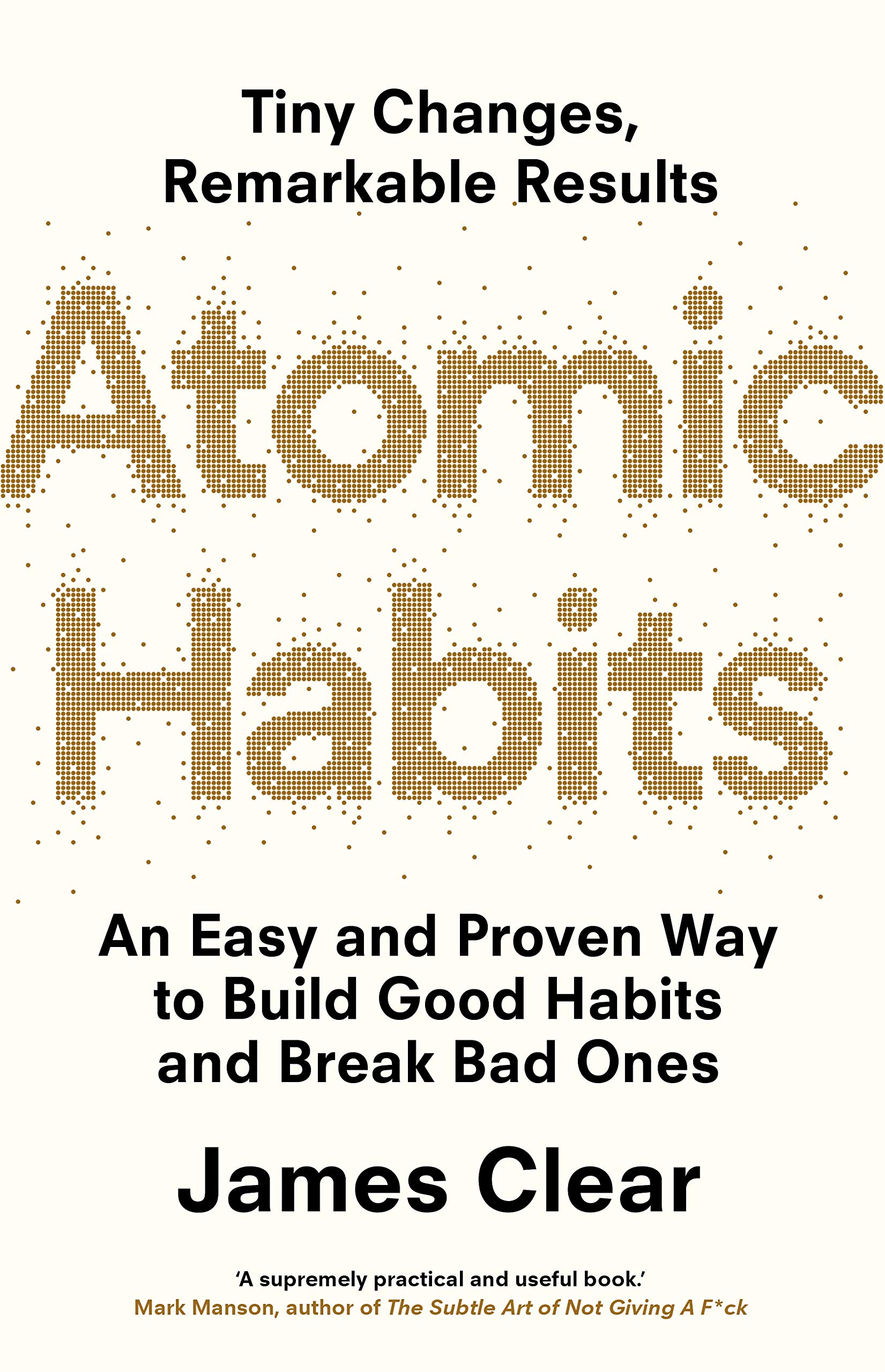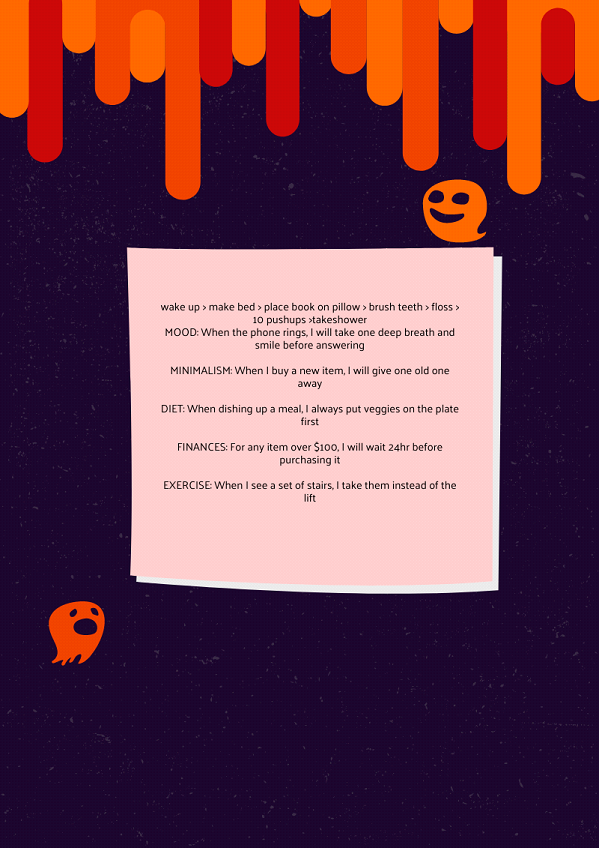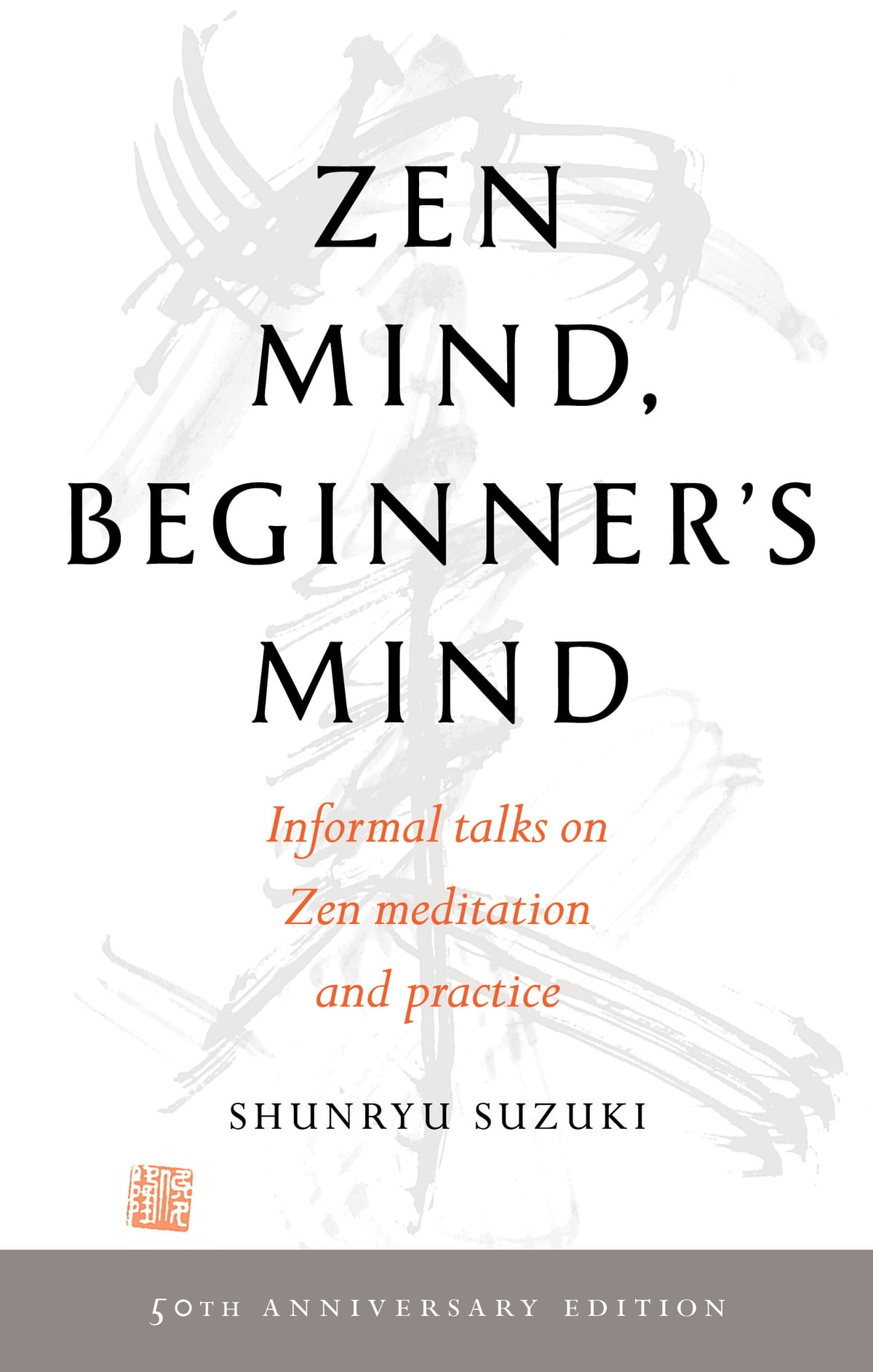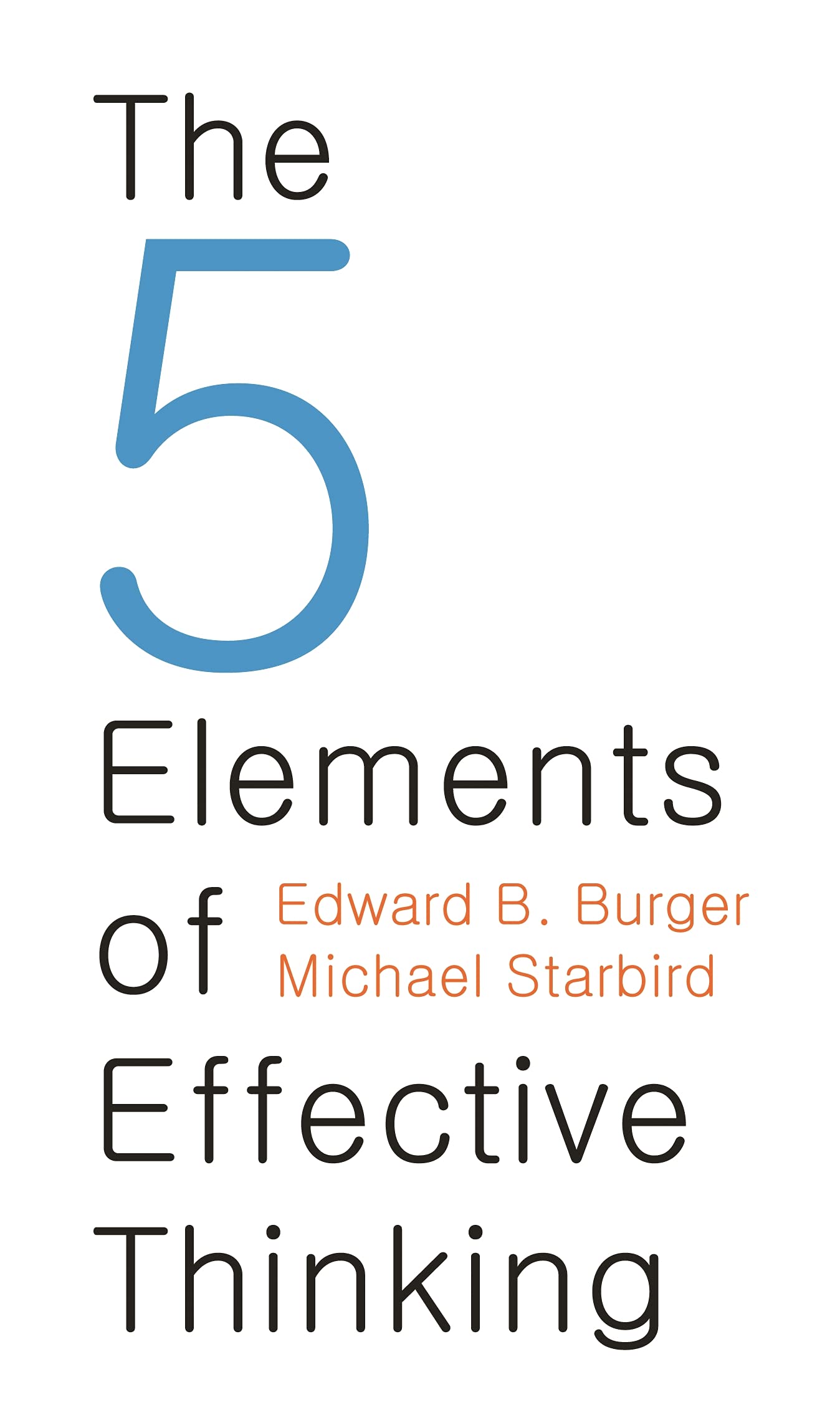Atomic Habits
by James Clear
- Personal Development
- Ashto =
- Jonesy =

Grab a copy of the book here: Atomic Habits
ATOMIC HABITS BOOK SUMMARY
A routine or practice performed regularly; an automatic response to a specific situation, we call it a HABIT”. Changes that seem small and unimportant at first will compound into remarkable results if you’re willing to stick with them for years”. We are going to discuss the key points of the million reader’s book by James Clear named:- “ATOMIC HABITS”.
The Surprising Power of Automatic Habits
It is so easy to overestimate the importance of one defining moment and underestimate the value of making small improvements daily. Too often, we convince ourselves that massive success requires massive action
1) Whether it’s losing weight in Gym, building a business,e.g. Coffee shop, writing a book like Atomic Habits, winning a championship, or achieving any other goal, We put pressure on ourselves to make some earth-shattering improvement that everyone will talk about.Consistency matters a lot, 1% improvements each day takes to do desirable destinations.
2) Habits are the compound interest of self-improvement, they seem to make little difference on any given day but looking back2 or 5 or 10 years later, the value of good habits and the costs of bad ones becomes strikingly apparent.
3) It doesn’t matter how successful or unsuccessful you are right now. What matters is whether your habits are putting you on the path toward success. Just have a concern with making great efforts with good habits, trust me there is nothing in the world that can’t be achieved. “You get what you repeat”. Time magnifies the margin between success and failure: good habits make time your ally, bad habits make time your enemy. Habits often appear to make no difference until you cross a critical threshold and unlock a new level of performance.
We are here on to the next step of “ATOMIC HABITS”, let’s us dive into it.
1. Goal:- Goals are the aims, ambitions, gun points that you want to reach or achieve
2. Systems:- Systems are all about the way you follow or the process to achieve your goal
Keep in mind that Systems > Goals …always.
A) Can a Habit shape your identity and your personality?
- A habit is established; they seem to stick around forever – especially the bad ones, few things can have a more powerful impact on your life than improving your daily habits. And yet it is likely that this time next year you’ll be repeating the same things rather than something better. Habits are challenging for two reasons: (1) we try to change the wrong thing (2) we try to change it in the wrong way. Get yourself focused on attaining the results, changing your habits (part or process of achieving), last but most importantly change your beliefs. You are never a weak person, you never were, and you never will be. [More you try-More you improve- More you achieve] think of it as the most basic and strongest viewpoint of “ATOMIC HABITS”.
Outcomes are what you get. Processes are what you do. Identity is who you are as depicted in the book Atomic habits.
Most people trying to change by focusing on what they want to achieve (outcome-based habits)
The alternative is to build identity-based habits: start by focusing on WHO we wish to become
For Example: offered a cigarette: “no thanks, I’m trying to quit” VS “no thanks, I’m not a smoker”
Behaviour change that is incongruent with the self will not last.The ultimate form of intrinsic motivation is when a habit becomes part of your identity.
The more deeply a thought or action is tied to your identity, the more difficult it is to change it> Follow the two-step process
1. Decide the type of person you want to be
2. Prove it to yourself with small wins
So, each time you write a page, you are a ‘writer’ – each time you go for a jog, you are a ‘runner’ – each time you practice the piano, you are a ‘musician’ – each time you encourage someone, you are a ‘leader’
Finally, we got the answer that is: – yes, a habit can shape your identity.
A) Build Better Habits in Four Simple Steps
CUE:- The signal triggers the mind to start the conduct change like nourishment, water or cash/distinction. Until you make it cognizant, it will coordinate your life, and you will call it destiny. One such cue can be the implementation change. Many people take into account implementation changes as a cue like when this will happen, and I will perform that. Any habit can be turned in to “Atomic habits” using the given formulas
CRAVING:- Once you start any habit than to keep it as a habit, there has to be some craving which keeps you doing that otherwise, you will lose interest in it. These yearnings depend on more profound hidden thought processes if you want to get into good atomic habits than start systematic reframing of the cues associated with giving it a new meaning.
Response:- When you start any habit never look backward. The key is to begin its reiteration. You need to reduce the gaps between you and your good habits and optimize the movements that deliver outsized impact. Try to automate your habits by investing in technology. Confine your future decisions to the ones that advantage you.
Reward:- When your brain gets a feeling of pleasure on completing some action than you feel like doing it next time as well, but the tough part about good habits is that the results and rewards are never instant. The idea is to make is satisfying so that you try to do it next time as well. A habit tracker will help to keep track of the habits.
B) The Man Who Didn’t Look Right:-Atomic Habits
Until you make the unconscious conscious, it will direct your life, and you will call it fate” once things become automatic, we stop thinking about them .when we’ve done something a thousand times before, we begin to overlook the minor details .we’re so used to doing what we’ve always done that we don’t stop to question whether it’s the right thing to do at all many of our failures in performance are largely attributed to a lack of self-awareness
STEP 1: List your habits – wake up – turn off alarm – check phone – go to the bathroom – weigh yourself – take a shower – eat breakfast – brush teeth
STEP 2: Assess each a positive/negative/ neutral = wake up = turn off alarm – check phone = go to bathroom +weigh yourself + take a shower to eat breakfast (could be good or bad, depending on what you eat) + brush teeth
Become aware of what ‘good’ habits are helping you solve your problems effectively, and which ‘bad’ habits are potentially causing you long-term harm
“The first step to changing bad habits is to be on the lookout for them”
“Next Chapter depicts the way to start a new habit “
C) The Best Way to Start a New Habit
When it comes to building new habits, you can use the connectedness of behaviour to your advantage one of the best ways to build a new habit is to identify a current habit you already do each day and then stack your new habit on top. Professionals say that it generally takes 21 days to adapt the new habit if you have practised any task for 21 days, it becomes your permanent habit. The key is to tie your desired behaviour into something you already do each day. You have mastered this basic structure; you can begin to create larger stacks by changing small habits together.

D) Motivation is Overrated; Environment Often Matters More
Your habits change depending on the room you’re in and the cues in front of you, ‘environment’ is the invisible hand that shapes behaviour as in the 1990s, cleaners at the Schiphol Airport in Amsterdam put a little sticker on the blokes’ urinals that looked like a fly. the guys would aim at the fly in the middle of the urinal, and the cheap stickers significantly reduced ‘spillage’ around the urinals. A study showed the stickers saved 8% of annual cleaning costs.
If you want to make a habit a big part of your life, make the cue a big part of your environment -the most persistent behaviours usually have multiple cues. By sprinkling triggers around your environment, you increase the odds that you’ll think about your habit throughout the day and making good decisions is easy and natural when the cues for good habits are right in front of you. Better the environment, easy is to retain a good habit.
E) How to Make a Habit Irresistible
Dopamine driven feedback loop At first, you experience the dopamine hit after the reward of experiencing pleasure (after the action) .when we learn that we will experience that pleasure after the action, we then ANTICIPATE the pleasure and get a dopamine hit BEFORE the action initially dopamine with the reward then dopamine with the CRAVING means we can be messed up – dopamine hits means we are almost guaranteed to continue with that process. Self-control leads to short term habit whereas determination leads to a permanent habit
“It’s the anticipation of a reward – not the fulfilment of it – that gets us to take action.”
F) How to Find and Fix the Causes of Your Bad Habits
Where cravings come from:-cravings are all based on deeper underlying motives (from caveman days).
Demonstration: – conserve energy – obtain food and water – find love and reproduce – connect and bond with others – social acceptance and approval – reduce uncertainty – status and prestige – etc.
“A craving is just a specific manifestation of a deeper underlying motive.”
Your brain did not evolve to desire to smoke cigarettes or check Instagram or play video games
At a deep level, you simply want to reduce anxiety or win sicla acceptance or achieve status.
“Your habits are modern-day solutions to ancient desires”. The next things which come In to play is reprogramming your brain. One is Have to, and one gets to.
Good Habits:- Use temptation bundling. Pair an action you WANT to do with an action you NEED to do. Create a motivation ritual. Do something you enjoy immediately before a difficult habit
Bad Habits:- Reframe your mindset. Highlight the benefits of avoiding your bad habits
If you want to master a habit, the key to start is “repetition” not perfection
‘Motion makes you feel like you’re getting things done, but really you’re just getting prepared to get something done’ when preparation becomes a form of procrastination, you need to change something you don’t want to be planning merely – you want to be practising.
G) How long does it take to build a new habit’?
Not ‘how long’ but ‘how many times’ .importance is not the number of days, but the number of attempts or practices. Repetitions make a habit automatic – the more you practice, the quicker it becomes automatic.
There are a few basic laws of behaviour change, and lets follow them one y one
1. The Law of Least Effort
Energy is precious, and the brain is wired to conserve it whenever possible” .when deciding between two similar options, people will naturally gravitate toward the option that requires the least amount of work
2.The Law of Inversion
You can invert this principle to break bad habits – make it extra difficult to make the bad habit
1.when you turn the TV off at night, remove the batteries from the remote and unplug it from the wall
2.leave your phone in another room before lunchtime so that you don’t check it incessantly and can focus on your work in the morning
We generally emphasize on bigger habits at a go, and that is really not possible to sustain the things that longer so here comes in play the
Two-Minute Rule
BASICALLY MINI HABITS
MAKE THE HABIT AS SMALL AS POSSIBLE
1.Read a book before bed = read one page
2.Do 30min of yoga = take out yoga mat
3.Fold the laundry. Fold one pair of socks
4.Study for the test = open textbook and notebook
5.Run 3 miles = put on the tie up running shoes
Cardinal Rule of Behavior Change
“What is immediately rewarded is repeated. What is immediately punished is avoided”
if you’re willing to wait for the payoff, you’ll generally receive far greater rewards
Key to behaviour change: bring rewards/punishments to the present
[HABIT TRACKING – DON’T BREAK THE CHAIN] – Reward comes from ticking off the
You must adhere to a minimum of 7 Habits as stated by stephen covey
Atomic Habits Book Summary
Whenever you are looking for success in some area, remember that can’t be achieved through a big change overnight. These atomic habits day by day will help you achieve your goal. Make the habit attractive; make it easy and satisfying so that you won’t crave to do it again the next day. Round and round look for the way to get 1% better each day. So that’s what I call Atomic Habits Summary.









